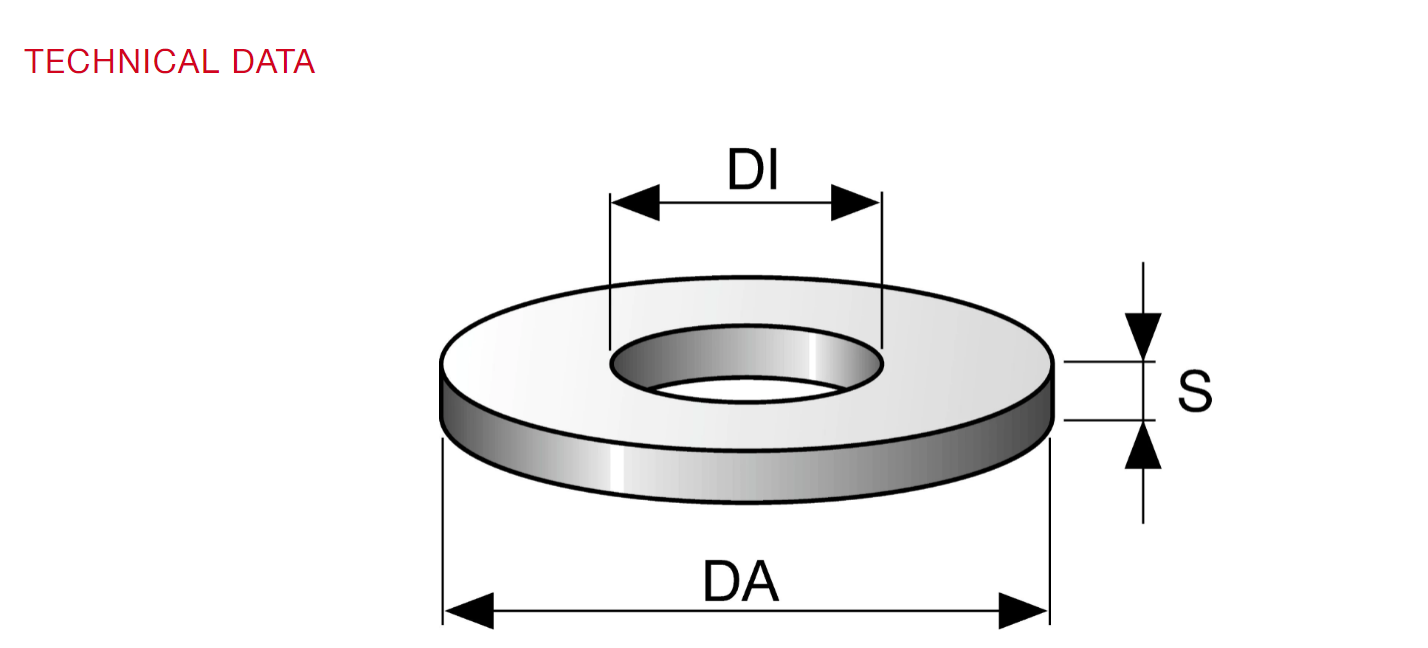Optimal Hole Size for High-Quality Self-Tapping Screws Installation Guide
Understanding High-Quality Self-Tapping Screw Hole Sizes
When it comes to construction, manufacturing, or any DIY project, the choice of screws plays a pivotal role in ensuring durability and reliability. Among various types of screws, self-tapping screws stand out for their ability to create their own holes while being driven into materials. However, to maximize their effectiveness, understanding the appropriate hole size for high-quality self-tapping screws is crucial. This article explores the significance of hole size in relation to self-tapping screws, factors that influence this size, and best practices for ensuring optimal performance.
The Importance of Proper Hole Size
High-quality self-tapping screws are designed to cut into the material they are being driven into, which eliminates the need for a pre-drilled hole in many cases. However, for optimal performance, using the correct hole size is critical. A hole that is too small can lead to excessive torque, making it difficult to drive the screw in and increasing the risk of damage to both the screw and the material. Conversely, a hole that is too large can result in a weak grip, causing the screw to strip or fail to hold securely.
Getting the hole size right means achieving a balance that allows the screw to tap its own threads effectively while providing adequate holding strength. When self-tapping screws are inserted into a properly sized hole, they create threads in the surrounding material, which lock them in place. This gripping action is essential, especially in applications where the screw will be subjected to load or stress.
Factors Influencing Hole Size
Several factors affect the ideal hole size for high-quality self-tapping screws
1. Screw Diameter The diameter of the self-tapping screw is a primary factor in determining the appropriate hole size. Larger screws require larger holes; however, they should not be excessively oversized, as this can reduce holding strength.
2. Material Type Different materials have varying properties. Softer materials may require smaller holes to ensure that the screw has enough grip, whereas harder materials might benefit from slightly larger pilot holes to reduce stress on the screw upon installation.
high quality self tapping screw hole size

3. Screw Length and Thread Design The length and thread design of the screw can also influence the required hole size. Screws with deeper or more aggressive threads may need a more precisely sized hole to ensure they can engage effectively with the surrounding material.
4. Application Type The specific application also plays a role in determining hole size. For instance, screws used in load-bearing applications may need a tighter fit to ensure strength, while those used in non-load-bearing situations might allow for some leeway.
Best Practices for Achieving Optimal Hole Size
To ensure high-quality results, consider the following best practices when working with self-tapping screws
1. Refer to Manufacturer Guidelines Most manufacturers provide recommendations for hole sizes based on the screw dimensions. Following these guidelines ensures that you achieve the desired performance.
2. Use a Drill Bit Appropriate for the Material While self-tapping screws can be driven directly into materials, a pilot hole might be helpful, especially for harder materials. Selecting the right drill bit based on the material can optimize your results.
3. Test First If unsure about the hole size, conduct a test on a scrap piece of the same material before proceeding with your primary project. This allows you to make adjustments if needed.
4. Monitor Torque When driving in self-tapping screws, pay attention to the torque applied. If you encounter excessive resistance, reconsider your hole size or method.
In conclusion, understanding and applying the right hole sizes for high-quality self-tapping screws are crucial for achieving durable and secure installations. By considering the influencing factors and adhering to best practices, you can ensure that your projects are successful and long-lasting.
-
Top Choices for Plasterboard FixingNewsDec.26,2024
-
The Versatility of Specialty WashersNewsDec.26,2024
-
Secure Your ProjectsNewsDec.26,2024
-
Essential Screws for Chipboard Flooring ProjectsNewsDec.26,2024
-
Choosing the Right Drywall ScrewsNewsDec.26,2024
-
Black Phosphate Screws for Superior PerformanceNewsDec.26,2024
-
The Versatile Choice of Nylon Flat Washers for Your NeedsNewsDec.18,2024










